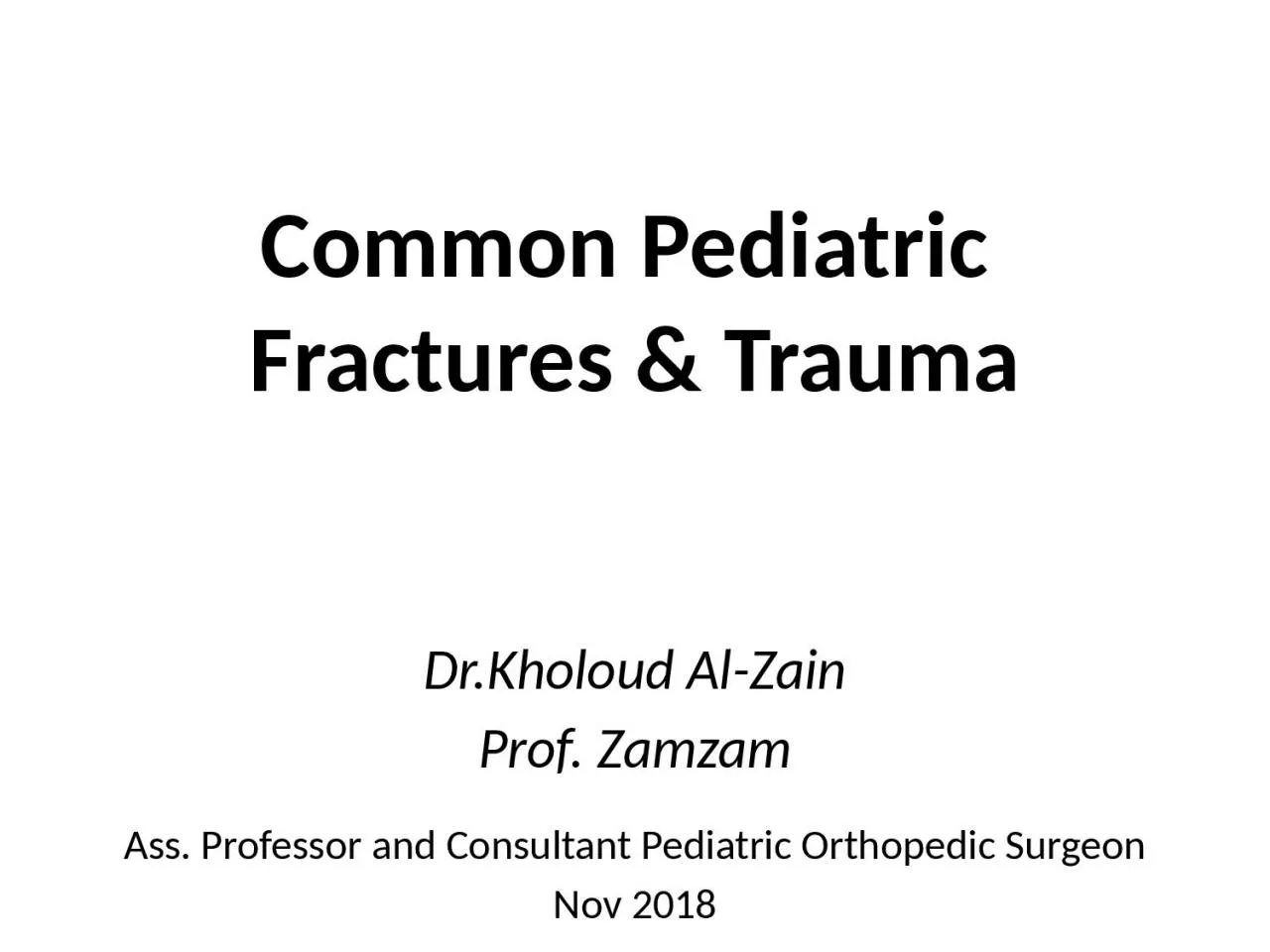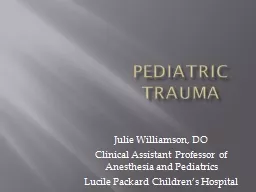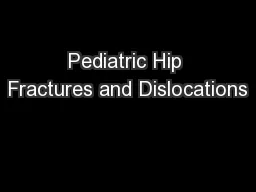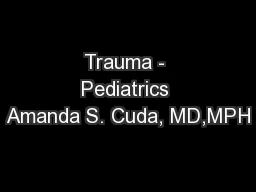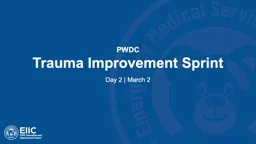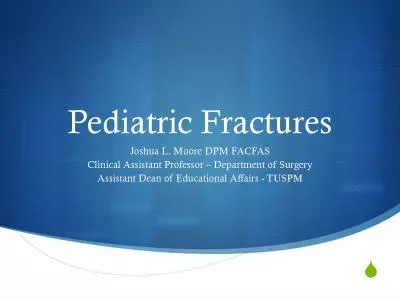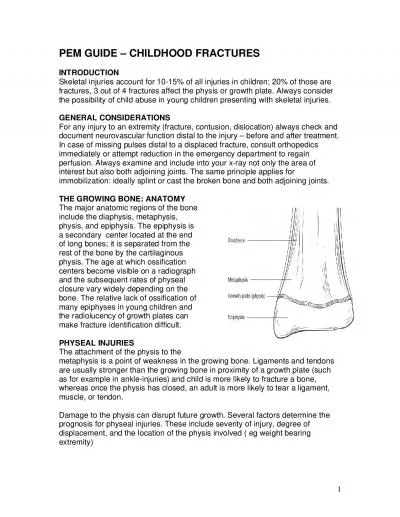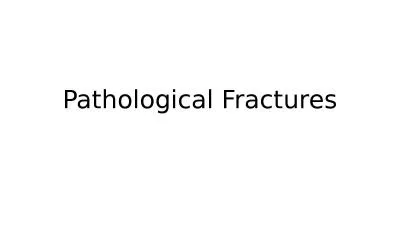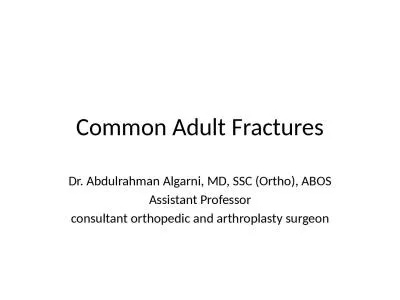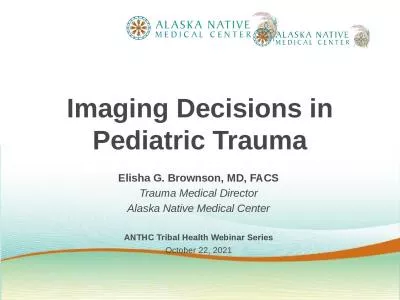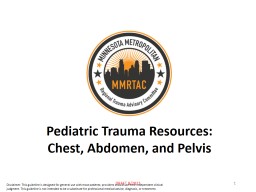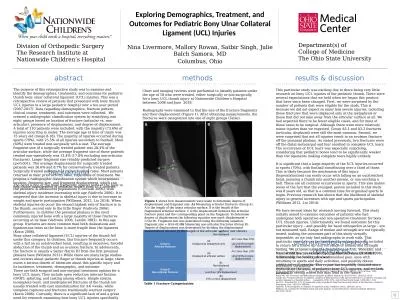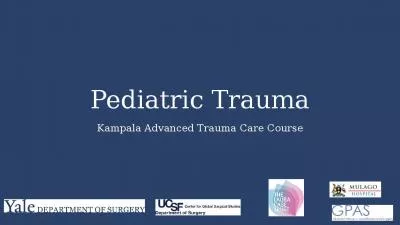PPT-Common Pediatric Fractures & Trauma
Author : singh | Published Date : 2024-03-15
DrKholoud AlZain Prof Zamzam Ass Professor and Consultant Pediatric Orthopedic Surgeon Nov 2018 Objectives Introduction Difference between Ped amp adult Physis
Presentation Embed Code
Download Presentation
Download Presentation The PPT/PDF document "Common Pediatric Fractures & Trauma" is the property of its rightful owner. Permission is granted to download and print the materials on this website for personal, non-commercial use only, and to display it on your personal computer provided you do not modify the materials and that you retain all copyright notices contained in the materials. By downloading content from our website, you accept the terms of this agreement.
Common Pediatric Fractures & Trauma: Transcript
Download Rules Of Document
"Common Pediatric Fractures & Trauma"The content belongs to its owner. You may download and print it for personal use, without modification, and keep all copyright notices. By downloading, you agree to these terms.
Related Documents

